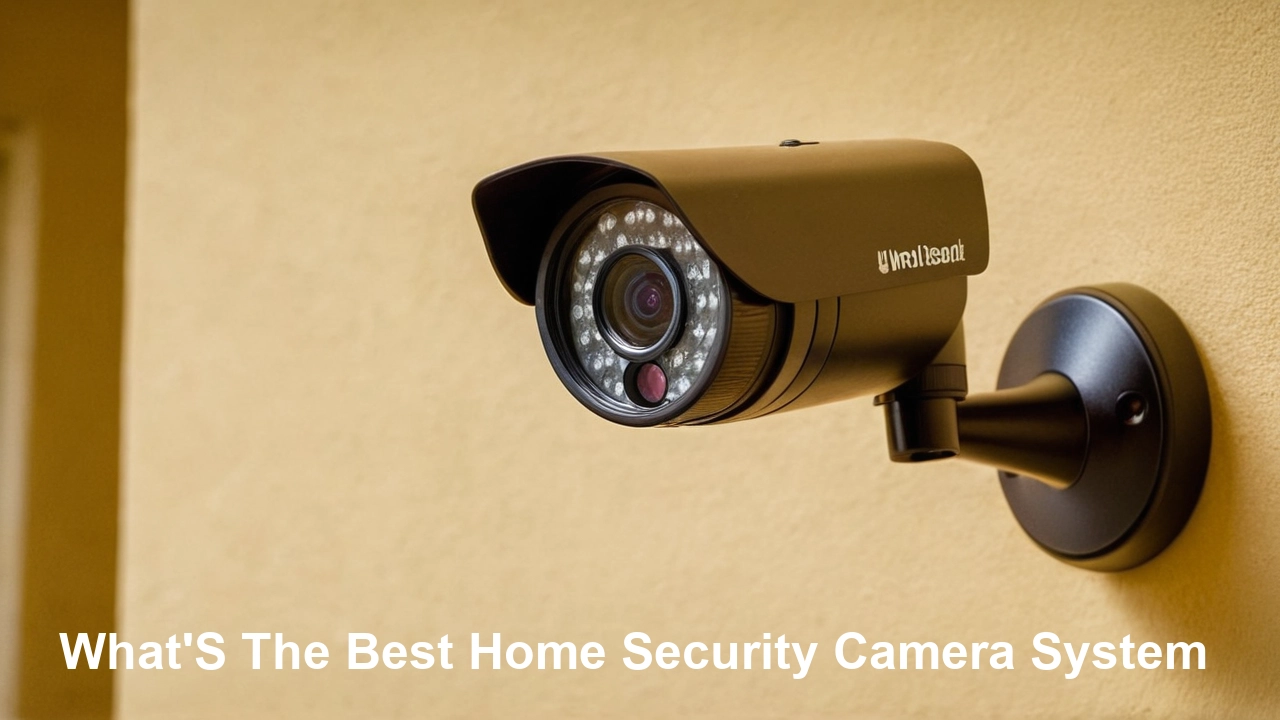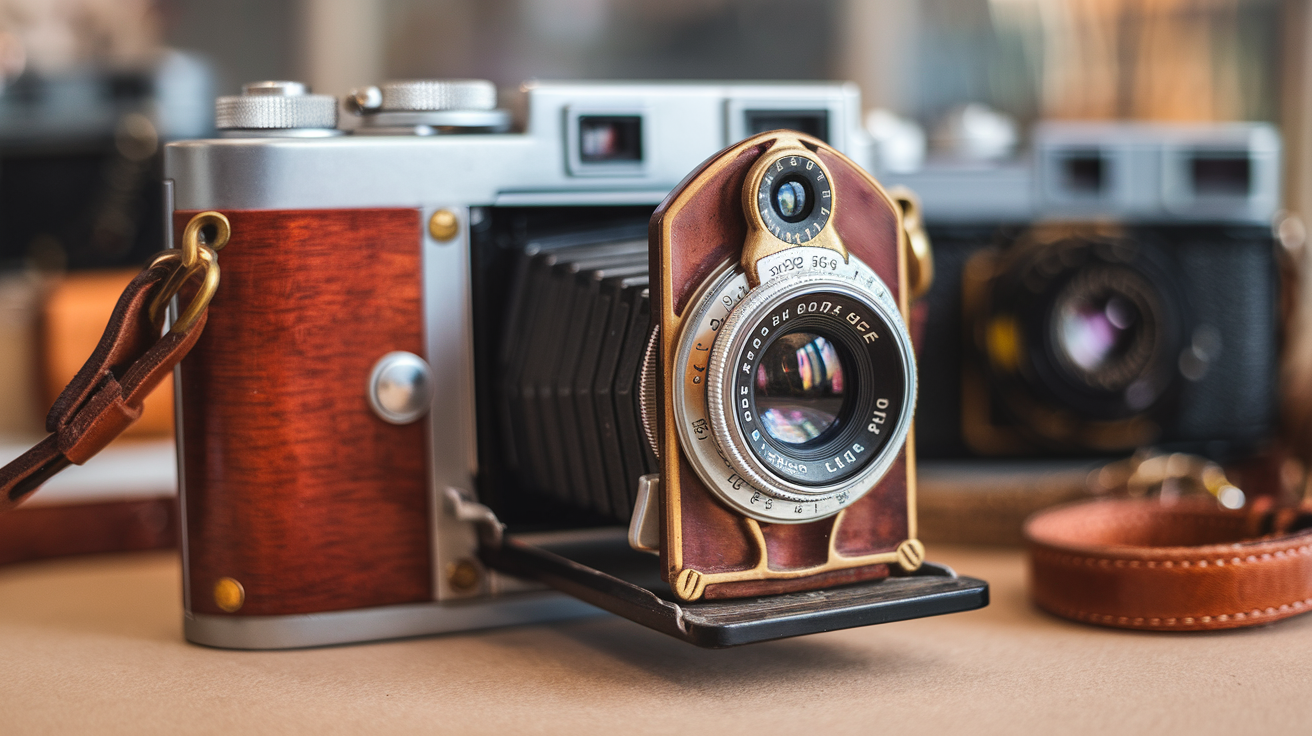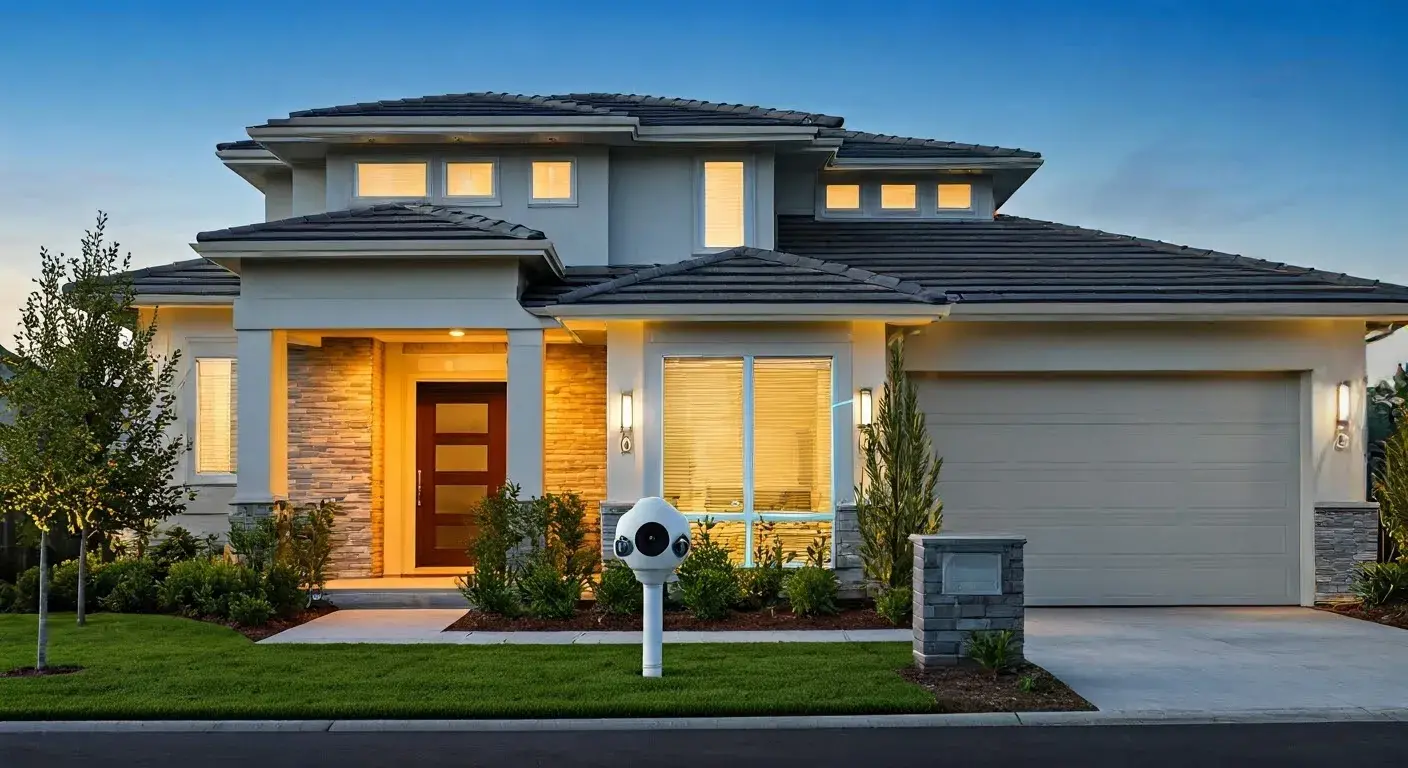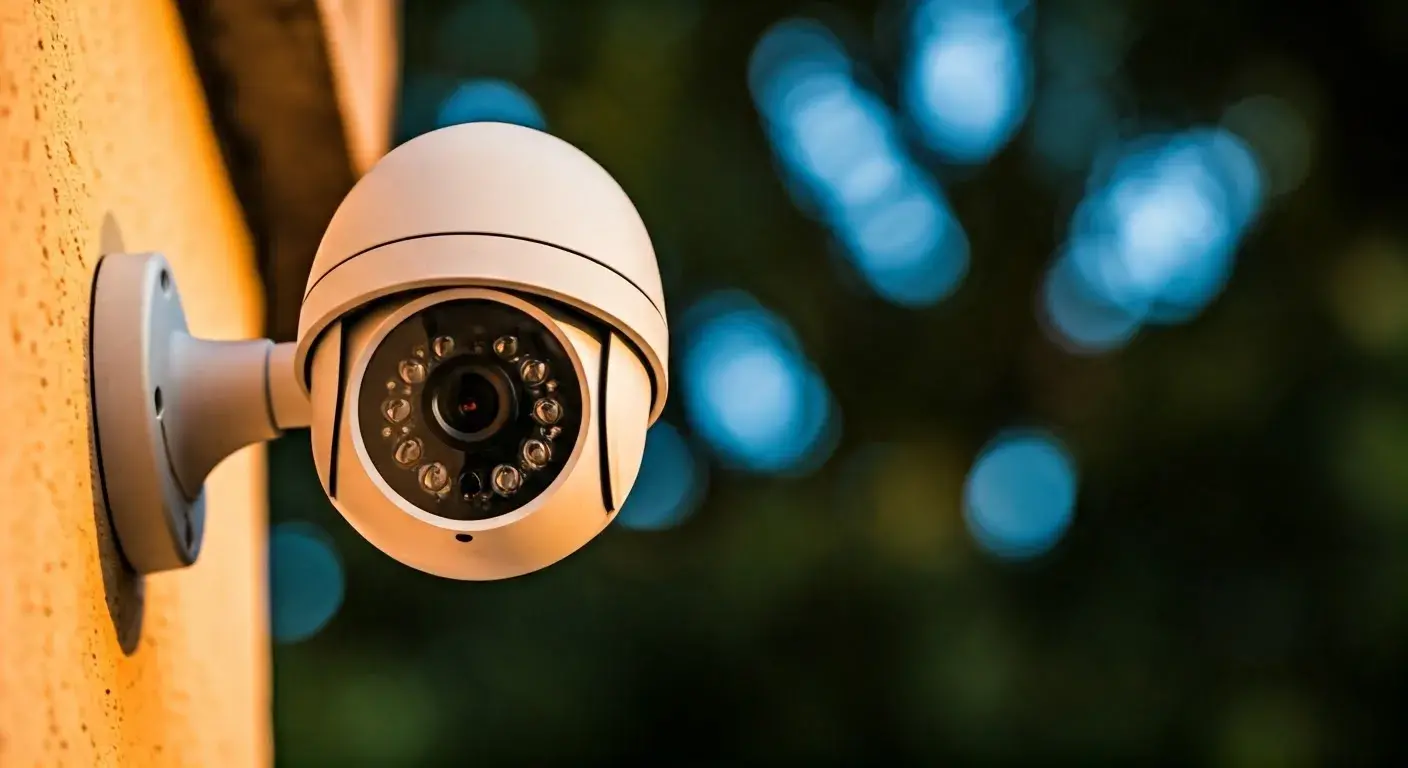What's The Best Home Security Camera System?
Choosing the best home security camera system in 2025 depends on your specific needs, budget, and preferences for features like video resolution, storage options, and smart home integration. With advancements in technology, modern security cameras offer high-resolution video, AI-driven detection, and flexible installation options. This comprehensive guide evaluates top systems based on performance, ease of use, and cost, drawing on recent industry insights and testing data to help you find the ideal solution for your home.
Why Invest in a Home Security Camera System?
Home security camera systems enhance safety by deterring intruders, monitoring packages, and keeping tabs on pets or children. Visible cameras can reduce the likelihood of break-ins by up to three times, and high-quality footage provides evidence in case of incidents. Modern systems offer features like remote viewing via mobile apps, night vision, and AI-powered detection for people, vehicles, or packages. With options ranging from $30 to over $1,000 for multi-camera setups, there’s a system for every budget. The best systems balance affordability, functionality, and privacy, ensuring peace of mind without compromising personal data.
Key Features to Consider
When selecting a home security camera system, consider the following features:
- Video Resolution: Opt for at least 2K resolution for clear footage; 4K is ideal for capturing fine details like faces or license plates.
- Storage Options: Choose between local storage (microSD or NVR/DVR) or cloud storage. Local storage avoids subscriptions but risks data loss if the camera is stolen.
- Wired vs. Wireless: Wired systems offer reliable signals but require complex installation. Wireless systems are easier to set up but need strong Wi-Fi or battery recharging.
- Smart Features: Look for AI detection (people, vehicles, packages), two-way audio, and integration with smart home platforms like Alexa, Google Assistant, or Apple HomeKit.
- Night Vision: Ensure cameras have infrared or color night vision for low-light conditions.
- Weather Resistance: Outdoor cameras should be IP65-rated or higher to withstand rain and extreme temperatures.
- Privacy and Security: Choose brands with strong encryption and transparent privacy policies to protect against hacking or data breaches.
Note: Subscription-based systems like Ring or Arlo often unlock advanced features, but brands like Eufy and Lorex offer robust functionality without monthly fees.
Top Home Security Camera Systems for 2025
Based on recent testing and industry reviews, here are five of the best home security camera systems for 2025, covering a range of needs and budgets.
1. Eufy Security SoloCam S340
Price: ~$150 | Resolution: 2K/4K | Storage: Local (microSD) | Key Features: Solar charging, dual-lens, 360° pan/tilt
The Eufy SoloCam S340 is a top pick for its subscription-free model and versatile features. Its dual-lens design offers 2K and 4K resolution with a 360° pan-and-tilt view, ideal for covering large areas like backyards. Solar charging eliminates battery maintenance, and local storage via a microSD card ensures no ongoing costs. AI-driven detection for people, vehicles, and packages reduces false alerts, while the Eufy Security app provides intuitive remote access. The camera’s weather-resistant design and color night vision make it suitable for outdoor use. However, it lacks Apple HomeKit support, which may be a drawback for some users.
Note: The Eufy SoloCam S340’s solar panel requires at least two hours of daily sunlight for continuous operation.
2. Ring Floodlight Cam Wired Pro
Price: ~$250 | Resolution: 2K | Storage: Cloud (subscription required) | Key Features: Floodlights, 3D motion detection, Alexa integration
The Ring Floodlight Cam Wired Pro is ideal for those seeking a robust outdoor system with professional monitoring. Its 2K resolution, bright floodlights, and radar-powered 3D motion detection provide accurate tracking and clear footage, even at night. The “Bird’s Eye Zones” feature maps motion paths, enhancing security for large properties. Integration with Alexa and the Ring app makes it user-friendly, but a subscription ($3.50–$20/month) is required for video storage and advanced features. Installation requires hardwiring, which may need an electrician, but its deterrence capabilities are unmatched.
Warning: Without a Ring Home subscription, you’ll miss out on cloud storage and advanced detection features.
3. SimpliSafe Outdoor Cam
Price: ~$190 | Resolution: 1080p | Storage: Cloud (subscription optional) | Key Features: Active monitoring, privacy shutter, easy installation
SimpliSafe’s Outdoor Cam pairs with its comprehensive security system, offering active monitoring where agents can intervene via two-way audio during threats. Its 1080p resolution is sufficient for most homes, and features like a privacy shutter and person detection enhance privacy and usability. The camera supports cloud storage with a subscription ($31.99–$49.99/month for monitoring), but local storage is available. Its wireless design and battery life make it renter-friendly, though the resolution is lower than competitors like Eufy or Ring.
4. Lorex 2K Wi-Fi Lightbulb Camera
Price: ~$100 | Resolution: 2K | Storage: Local (microSD) | Key Features: No subscription, easy lightbulb installation, two-way audio
Lorex’s 2K Wi-Fi Lightbulb Camera is a budget-friendly, subscription-free option that screws into standard lightbulb sockets, making installation a breeze. It offers 2K resolution, color night vision, and local storage via microSD, ideal for those avoiding cloud services. The camera’s motion-activated LED lights and siren deter intruders, and its app supports real-time viewing. While it lacks the advanced AI of Eufy or Ring, its affordability and no-fee model make it a standout for small homes or apartments.
5. Google Nest Cam (Battery)
Price: ~$180 | Resolution: 1080p | Storage: Cloud (3 hours free) | Key Features: Facial recognition, Google Assistant integration, weather-resistant
The Google Nest Cam (Battery) is a versatile indoor/outdoor camera with advanced AI features like facial recognition and vehicle detection. Its 1080p resolution is adequate, and three hours of free cloud storage make it appealing for budget-conscious users. Integration with Google Assistant and ADT systems enhances functionality, but a Nest Aware subscription ($6–$12/month) is needed for extended storage. Its battery-powered design offers flexible placement, but the battery life (1–3 months) is shorter than Eufy’s solar-powered options.
Comparing Wired vs. Wireless Systems
Wired Systems:
- Pros: Reliable video signals, no battery maintenance, suitable for large properties.
- Cons: Complex installation, requires nearby power outlets, less flexible for renters.
- Best For: Permanent installations, like the Ring Floodlight Cam Wired Pro or Lorex NVR systems.
Wireless Systems:
- Pros: Easy DIY installation, flexible placement, ideal for renters or apartments.
- Cons: Requires strong Wi-Fi, battery recharging (unless solar-powered), potential signal issues.
- Best For: Smaller homes or temporary setups, like Eufy SoloCam or Google Nest Cam.
Note: For weak Wi-Fi areas, consider a wired system or a wireless camera with cellular backup, like the Arlo Go 2.
Privacy and Security Considerations
Wireless cameras are vulnerable to hacking if Wi-Fi security is weak. To protect your system:
- Use strong, unique passwords for your Wi-Fi and camera app accounts.
- Enable two-factor authentication on camera apps.
- Choose brands with end-to-end encryption, like Eufy or Google Nest.
- Avoid no-name brands with unclear privacy policies.
- Regularly update camera firmware to patch vulnerabilities.
Brands like Wyze have faced security concerns in the past, so prioritize companies with transparent privacy policies and no recent data breaches.
Installation and Placement Tips
Proper placement maximizes camera effectiveness:
- Outdoor Cameras: Mount 8–10 feet high, covering entry points like doors, windows, and driveways. Avoid brick or stone surfaces, as they require specialized drilling.
- Indoor Cameras: Place in high-traffic areas like living rooms or hallways, avoiding private spaces like bedrooms for privacy.
- Field of View: Ensure a wide field of view (130°–360°) to minimize blind spots.
- Lighting: Use cameras with built-in spotlights or place near ambient light for better night vision.
Warning: Improper placement, like mounting too high or in direct sunlight, can reduce camera performance or battery life.
Cost and Subscription Considerations
Home security cameras range from $30 to $450 per camera, with multi-camera systems costing $300–$1,500. Subscriptions for cloud storage or monitoring range from $3.50–$50/month, depending on the brand and features. Subscription-free options like Eufy and Lorex are cost-effective but may require upfront investment in microSD cards or NVR/DVR systems. Budget around $100–$200 per camera for a balance of quality and features.
Conclusion
The best home security camera system depends on your needs. For subscription-free versatility, the Eufy SoloCam S340 offers solar power and 4K resolution. The Ring Floodlight Cam Wired Pro excels for outdoor deterrence with professional monitoring. SimpliSafe is ideal for integrated systems with active monitoring, while Lorex’s Lightbulb Camera suits budget-conscious users. Google Nest Cam is great for smart home enthusiasts with Google ecosystems. Evaluate your budget, installation preferences, and desired features to choose a system that provides peace of mind and robust protection for your home.






